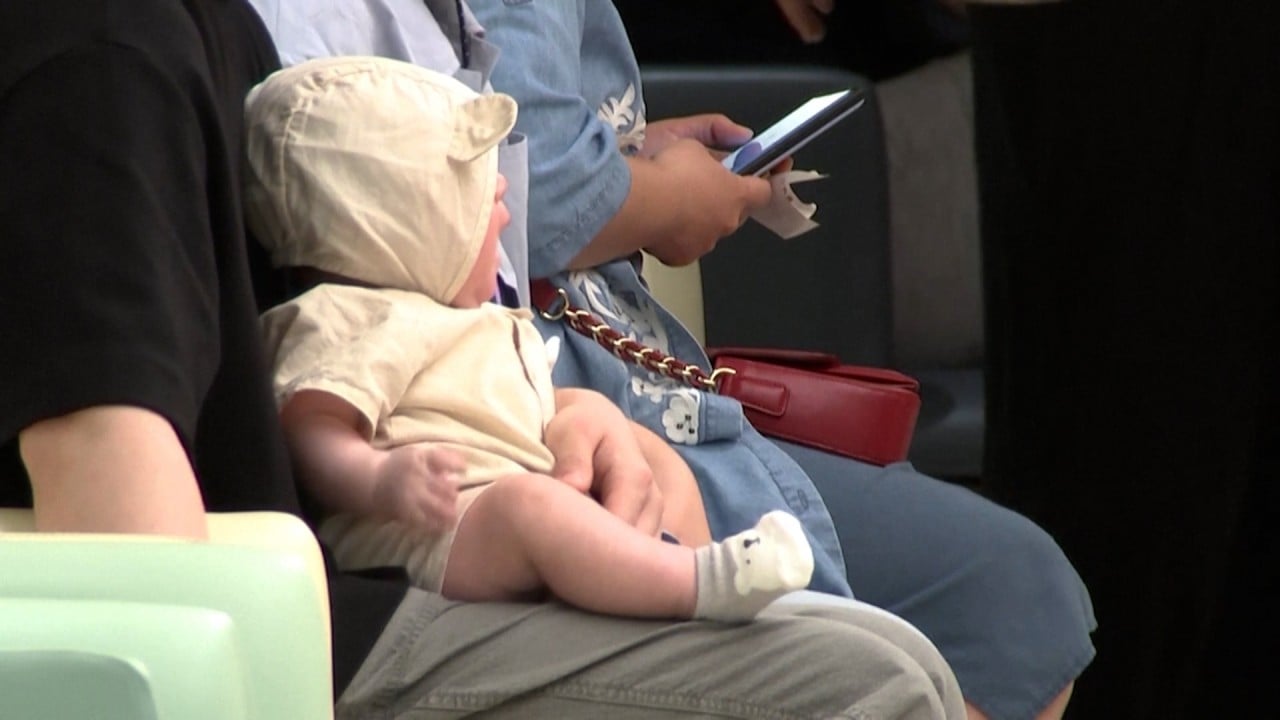Cheap Chinese goods have become a double-edged sword for South Korea’s economy
- China surpassed the United States to become the top direct purchase choice for South Korean online shoppers
- Some experts warned the shopping trend may deal a blow to South Korean manufacturers, who lag behind Chinese rivals in terms of cost competitiveness

China has been dumping goods on global markets to make its way out of weakened domestic consumer demand in the middle of an economic slump.
On Friday, the Incheon International Airport Corp., said more than 98,500 tons of foreign-made goods were transported by air from the airport in 2023, up 43.1 per cent from 2022.
Of the goods, 99.6 per cent were originally shipped from China. North America accounted for 47 per cent of the final destinations, and Europe made up another 31 per cent.
“Such logistical importance of [South] Korea is a plus factor, especially considering China’s economic slowdown is likely to go for next couple of years and that Chinese manufacturers are likely to export more cheap goods,” Lee Hun-so0, an air freight logistics expert and professor at Korea Aerospace University, said.

